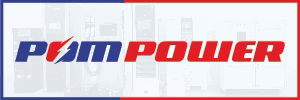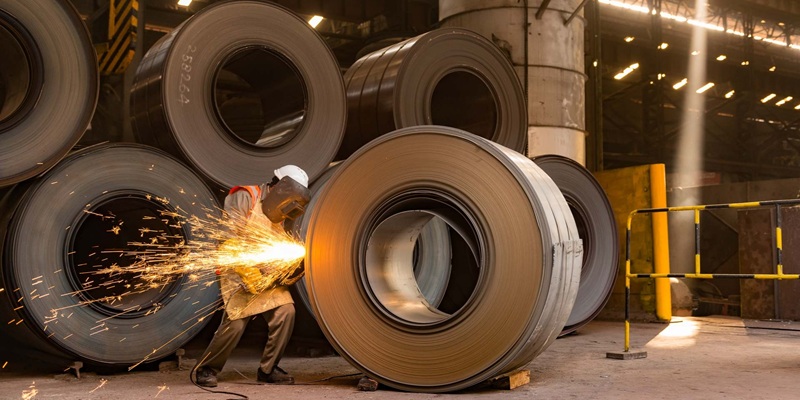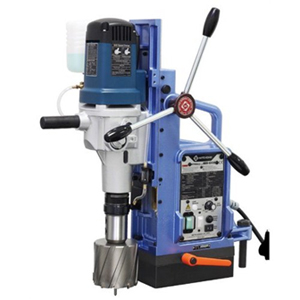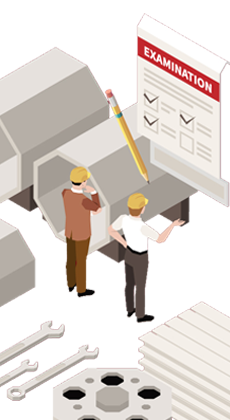Schedule a Call Back
Multi-axis robot: How many axes do you need?
 Articles
Articles- Dec 15,22

Related Stories

IIT Hyderabad and Deakin University launch AMRIT to advance smart manufacturing
The initiative is set to drive research excellence in key areas such as additive manufacturing, smart materials, lightweight composites, automation, and Industry 4.0 technologies, while also helping..
Read more
Automation Studio Code offers a new automation engineering experience
This development plug-in is perfectly integrated into Automation Studio 6 and makes working on a project with two tools possible without any migration required ¬¬¬¬, fully compatible and flexibl..
Read more
Three Vibration-Control Innovations Saving Drivers and Shipments
In this article, Emily Newton discusses some of the latest innovations to improve vibration control and protect packages during transportation.
Read moreRelated Products
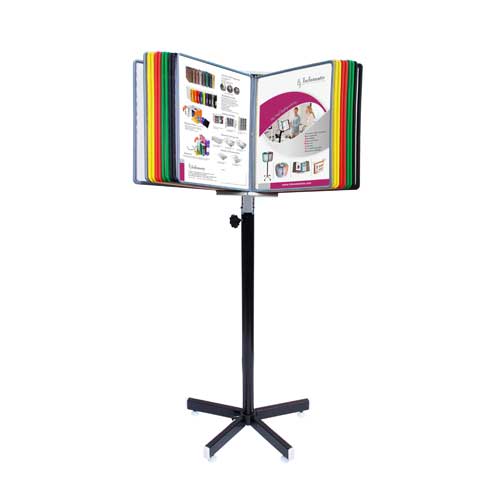
Dna of All Information
Roto Leaner Technology Pvt Ltd manufactures a complete range of display solutions.

Standard Series Stations and Enclosures
Esbee
Industrial Combines/Esbee Electrotech LLP offers standard series stations and
enclosures.

Fire Alarm
Safe Zone is prominent traders and suppliers of the industry, offering a wide range of wireless fire alarm.
Read more

